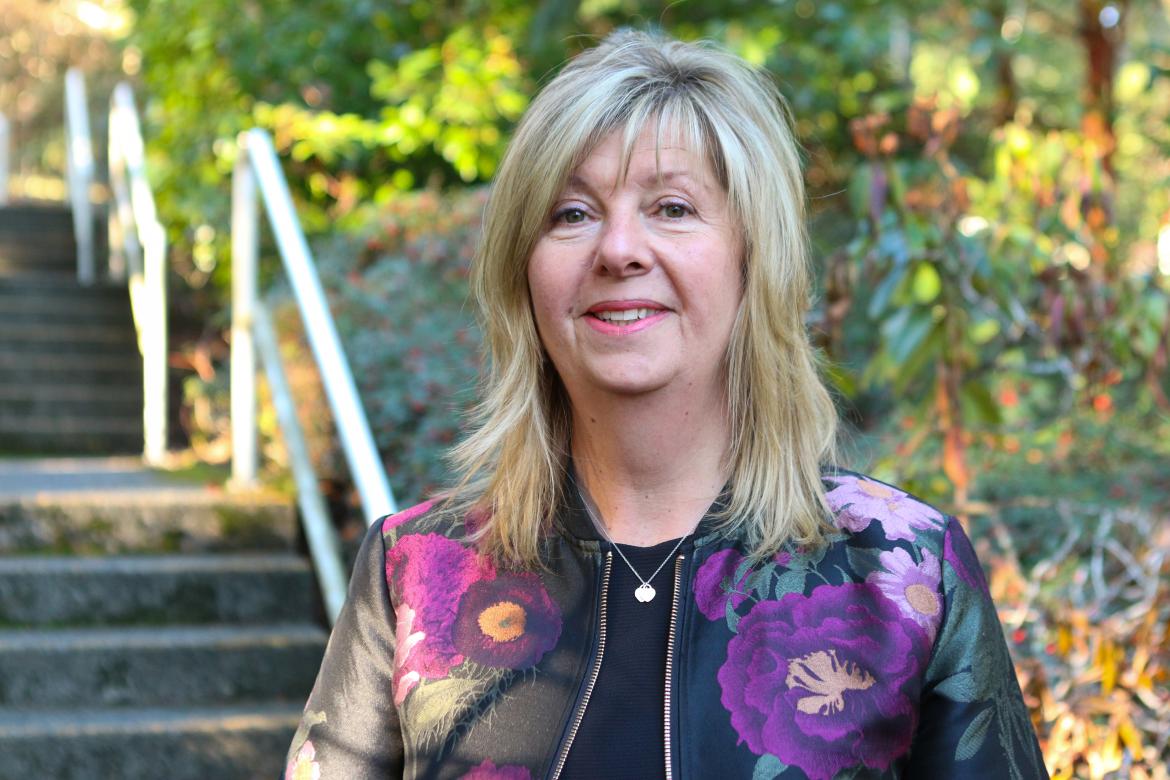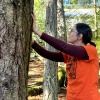
Sally Vinden Instructor in the Faculty of Trades and Applied Technology at Vancouver Island University (VIU)
November 29, 2019 - 9:30am
Examining Trades and Technical education learning and teaching in a digital age.
Digital access to textbooks, lesson plans and research has been transforming the way people learn for the last two decades, but not across all disciplines equally.
“Education changes lives,” says Sally Vinden Instructor in the Faculty of Trades and Applied Technology at Vancouver Island University (VIU). “As educators, we are the gatekeepers. We need to make sure the pathways are there, and the technology is available to us today that makes learning a lot more accessible to a diverse group of students.”
Vinden, along with Chad Flinn, Electrical Instructor at the British Columbia Institute of Technology (BCIT) and Tim Carson, Department Head of Piping Trades at BCIT, received a $39,700 research grant from BCcampus to investigate Open Education Resources (OER) for Trades programs in the province.
BCcampus defines OER as teaching, learning and research resources that have an open-copyright licence and, through permissions granted by their creator, allow others to use, distribute, keep or make changes to them.
“We know books are a huge financial burden for a lot of students and many suffer academically because they don’t have access to a required textbook,” says Vinden. “The academic side of universities have been working with open educational resources for a long time now, but the trades are just getting started. It’s an exciting time to teach and to learn.”
Currently, there are only 23 Common Core Trades open textbooks available online through BCcampus.
Flinn recognized several years ago that many of his learners often needed to spend more time understanding the complexity of a concept beyond the class time allotted for it, and there was a gap when it came to the availability of digital materials for students to reference. He created his own YouTube site, The Electrical Academy ̶ an online resource with more than 95 Creative Commons licensed videos on his channel plus podcasts and documents. He now has 18,000 followers.
“Our research will try to determine what supports and resources trades instructors need to embrace instructional practice that makes effective use of technology,” adds Vinden.
Vinden and her associates will be meeting with trades instructors and students throughout the province to identify the barriers to both using and developing digital training resources. The goal is to provide a strategy and action plan to support faculty in getting started with electronic learning and teaching.
“We aim to start small, perhaps taking on one module or lesson plan,” says Vinden. “If you’ve done something ̶ fabulous. Then, let's share that. The other part of this is keeping up with the rapid pace of technological advances. The current publishing model of developing a textbook is time-consuming and often they contain outdated information, such as in electrical innovations, including our cars. Open Educational Resources allows us to make changes and keep information current for our learners.”
“The end goal of all of this is to enhance the student learning journey, widen the lens of how learners can cognitively access knowledge, and not just financially access it. Ultimately, the aim is to improve educational outcomes for all students,” adds Vinden.
-30-
MEDIA CONTACT:
Annette Lucas, Communications Officer, Vancouver Island University
P: 250.741.2020 | C: 250.618.7296 | E: Communications@viu.ca
Tags: Research | Trades | Teaching and Learning






